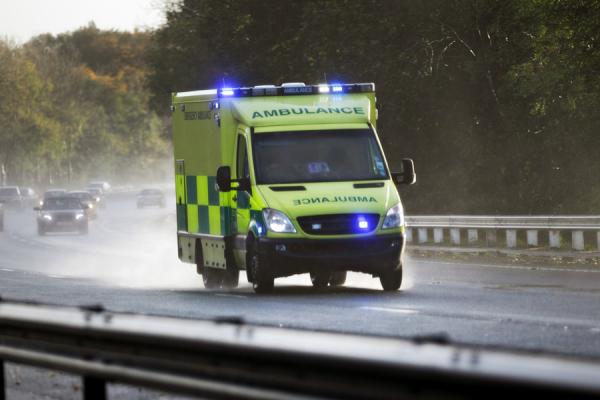GMB welcomes the removal of the threat of job cuts to SECAmb staff

SECAMB say that 10% of staff might not be adequately protected in the new-look fleet vans, as they will be too tall or too small
GMB union welcomes the decision by South East Coast Ambulance Service (SECAMB) senior management to lift the threat of a potential 10% reduction in front line staff to allow further discussions to take place.
The union is the union for NHS Frontline clinicians including paramedics and highly trained control room ambulance staff, and including SECAMB.
The original proposal to move from the current fleet of vehicles to a van-based conversion fleet led to an issue where the newly converted vans would have a problem with the seats and the seat belts for the driver and passenger.
The proposal was presented to the trade unions by SECAMB on 10 June.
SECAMB’s risk assessment found that the configuration of the seat and the seat belt do not provide adequate protection for certain staff as they are not suitable for a certain body type.
In SECAMB's own words, 10% of staff could either be too small or too tall to be adequately protected in the proposed newly converted vans,
Despite there being an option to maintain a mix of current and new vehicles and thereby protecting jobs, SECAMB originally decided to pursue a process of changing their whole fleet to a van-based conversion fleet which could have led to 10% of staff having to leave an already understaffed and overstretched service.
Charles Harrity, GMB Senior Organiser said:
"Frontline ambulance clinicians and Paramedics are highly trained and qualified professionals. The investment in the training and development of 10% of staff could have been thrown away due to their body shape. There has never been a minimum or maximum height requirement to work in the ambulance service. Skills and professionalism have always been the criteria to work in this service.
“Furthermore, SECAMB did not consider how their proposals would have affected future recruitment policy nor the impact that such a change would have on their stated policy on promoting inclusivity and diversity in the workforce. The proposal also had the distinct possibility that long term experienced staff could have been forced out of the service for the bizarre reason that they are either too small or too tall.
“The GMB along with sister trade unions raised objections to this proposal and welcome the decision that the company have, for the time being, taken this bizarre and economically driven proposal off the table.
“The GMB will be seeking complete reassurance from SECAMB that neither body shape nor size will be a defining criteria for employment in the ambulance service.”
Contact: Charles Harrity on 07977518042



